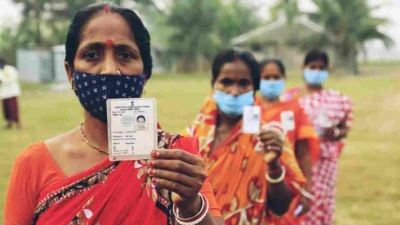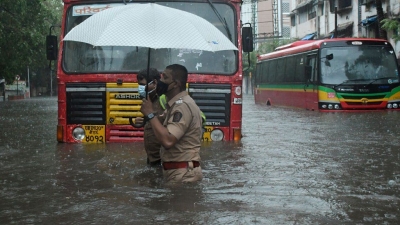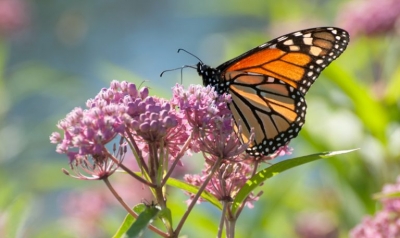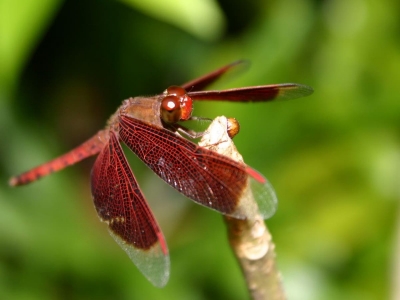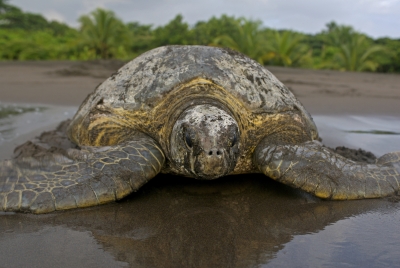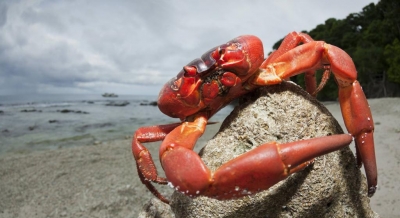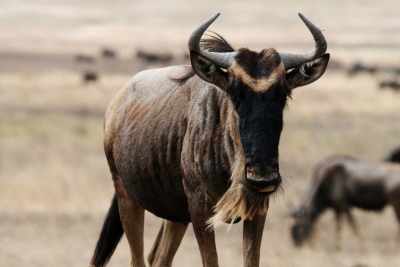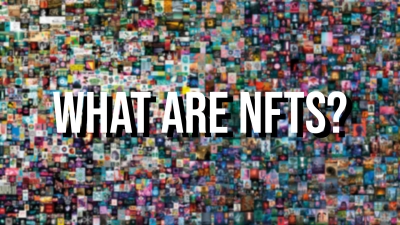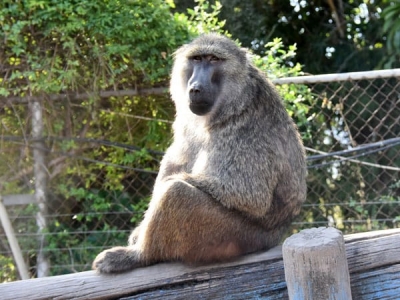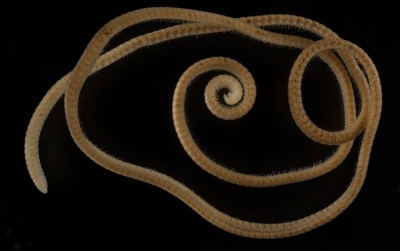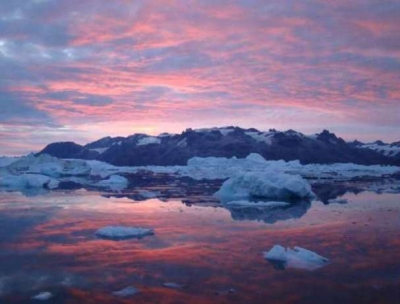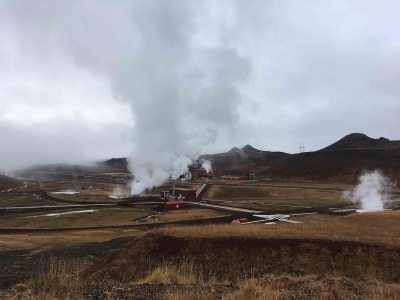
Scientists are preparing to drill into a volcano in Iceland in an attempt to create the world's first underground magma observatory. This ambitious project intends to dig deeper into the Earth's layers and further our knowledge about volcanic predictions and risks.
Earth's mantle consists mostly of hot magma, which flows as lava when there is a volcanic eruption. Due to the high temperatures and pressure under Earth's crust magma has remained inaccessible to scientific instruments and hence a mystery. But that's going to change now.
A team of international researchers is preparing to drill two km into the heart of a volcano the Krafla caldera in Iceland- to create the world's first underground magma observatory called the "Krafla Magma Test bed" (KMT). Let's learn all about the project in this Five Ws & One H...
WHAT is Krafla?
Krafla is a volcanic caldera in northern Iceland. A caldera is a large hollow that forms shortly after the emptying of a magma chamber in a volcanic eruption. The Krafla caldera is about 10 km in diameter with a 90 km long fissure zone.
It sports a crater lake of blue water, plumes of smoke, and sulphurous bubbling of dirt and gases. The Krafla has erupted 29 times since recorded history.
How did the KMT project come about?
Though scientific instruments have not been specifically used to reach magma earlier geothermal energy drilling operations have come into contact with magma accidentally. One of these sites is the Krafla caldera in Iceland.
In 2009, when engineers were expanding Krafla's geothermal power plant, a bore drill hit a pocket of 900-degree-Celsius magma by chance, at a depth of 2.1 km. Fortunately, there was no eruption and no one was hurt. However, lava flowed 9m up the well damaged the drilling machines.
Scientists were astonished to find that they were within reach of a magma pocket. That's when they decided to launch a project to study it up close and the result is the KMT.
When did the project begin?
The project was launched in 2014 and the first drilling is due to start in 2024. The $100-million project involves scientists and engineers from 38 research institutes and companies in 11 countries, including the U.S. Britain and France.
What are the objectives of the study?
- The project aims to conduct a long-term exploration of Krafla's magma reservoir and its surrounding hydrothermal envelope.
- By drilling through the rock-magma interface and into magma, scientists believe they can establish where and under what conditions magma beneath a volcano stored
- Scientists hope the project will lead to advances in geothermal power generation.
- They also hope to further knowledge about better predicting volcanic eruptions and risks involved.
What is geothermal energy?
Geothermal energy is the heat that comes from the sub-surface of the earth right from magma. It is a renewable resource that can be harvested for human use
Wells are dug a mile deep into underground reservoirs to access the steam and hot water there, which can then be used to generate power
Iceland produces 25% of its energy from geothermal sources. This is chiefly due to the presence of 600 hot springs and 200 volcanoes in the country.
What are the challenges of the KMT project?
Drilling in such a harsh environment is technically difficult. The materials must be able to withstand the super-heated steam's corrosion. The team has planned to develop the project in a phased manner to address these issues. However, there are also concerns about the likelihood of a volcanic explosion caused by the KMT operation.
Picture Credit : Google

